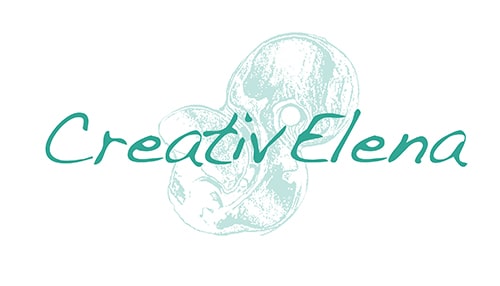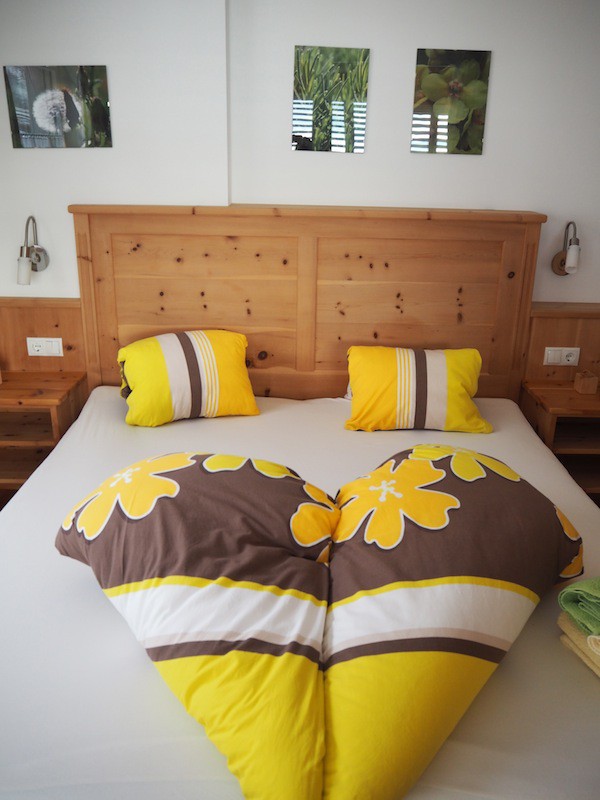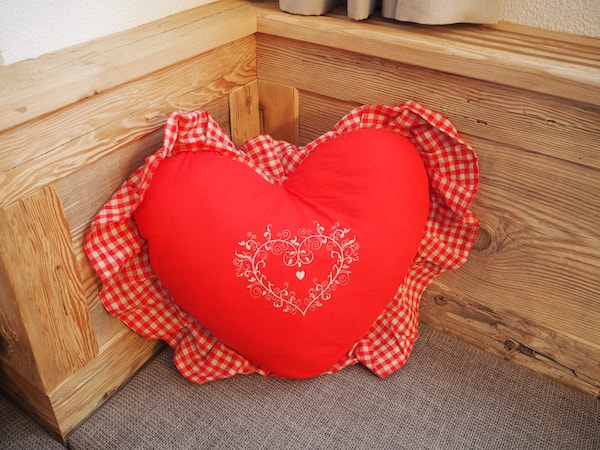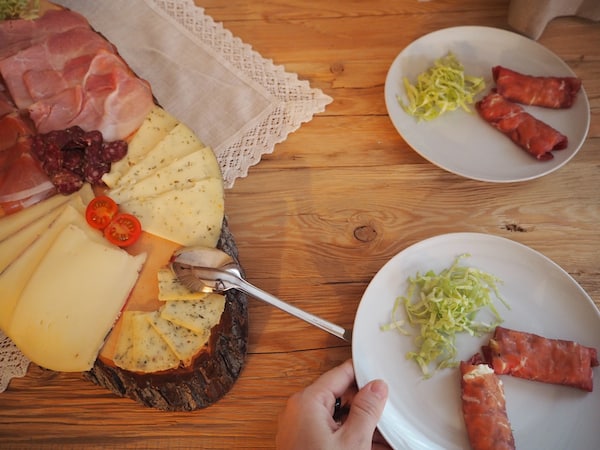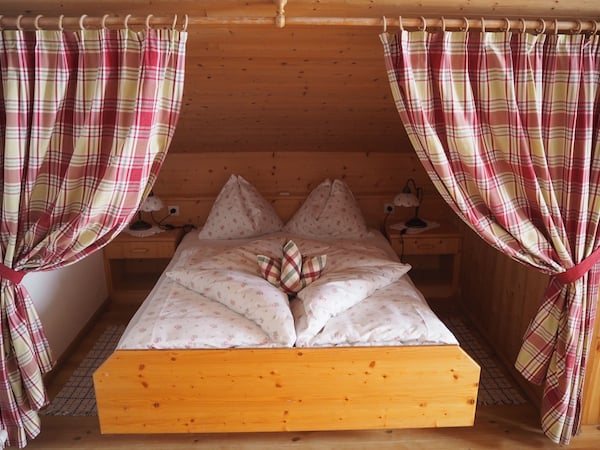South Tyrol. “Being part of Italy has brought us certain advantages. We are, however, no Italians. We are South Tyroleans. If anywhere, I’d see us belong to Tirol”, Hildegard and her husband Peter of the Tiefentalhof farm in the Puster valley tell us with a smile.
Travelling to South Tyrol in northern Italy is as much about (cultural) history travel as it is about the people living there. For centuries, their unique beliefs in and perceptions of the world surrounding them have shaped a people of a kind. We found South Tyroleans to be a wonderfully hospitable people, deeply rooted in their mountain farming traditions yet also having a keen outlook on everyday life and future opportunities. “I am amazed at just how modern farms are around here”, my partner Marc tells me, joining me on this trip originally hailing from the foothills of the Pyrenees in Costa Brava.
“For someone like me, who is always up for an adventure, spending time on (animal) farms in South Tyrol seemed pretty exciting. I remember my initial thoughts: ‘Pure mountain air … Nice people … Hard work … So good for body and soul!’ Well, I was right but for the hard work. It was luxury farm stays all the time! Some of them even had a sauna and pool in the garden. Mind you, in winter, you might need the odd chainsaw to cut through the ice in order to go for an (after-sauna) swim, but the option was there. Somebody even did! What I truly loved about visiting South Tyrol was the quietness and breathtaking views. Plus the home grown products and all the energy you get, making you wish you’d simply get stuck there for a few more days. They say in winter everything slows down. I doubt that even in summer, things could ever be rushed in places like these. If I ever get lost, South Tyrol mountain farms offer you a good chance to find me again.”
The Brixen valley, located between the Brenner mountain pass and the city of Bozen, actually has us …
… stay high up on the mountain side for some of the best valley views available. From the Frötscherhof farm run by the Jocher family, your eyes can travel far and wide, what with the Oberpalwitterhof even offering us exceptional views of the Dolomites mountain massif itself. Wow. During our creative workshops there, we had to force ourselves not to gaze out the window all the time! “Still, you haven’t seen everything. Let me show you our rooms and other parts of the farm, so that you get an ever better impression”, Christine Lageder, our friendly host tells us with a wink. In my next article, I am going to tell you even more about herself and the herbal jewellery workshop we participated in at the Oberpalwitterhof. First and foremost, let’s go straight there …

… reflected in the majesty and warmth of some of the most hospitable people we found on our journeys: “If conquered by the aroma of herbs, learn to accept it as the most beautiful form of defeat.”
During our creative journey organized by the “Roter Hahn – Gallo Rosso” association of mountain farms, we got to spend two nights at the Frötscherhof in Mellaun, some five kilometres above the city of Brixen in the Eisack valley. Each valley here in South Tyrol, irrespective of its size, proudly carries its own name, speaks its own dialect and prides itself on unique customs – or so it seems. “Well, the people from Grödner valley there are clearly much different from us”, Christine at the Oberpalwitterhof adds, pointing to a valley across the moutnains, the “valley of wood carvers” as it is known. Only two summers ago, I have been able to enjoy another unique, creative journey there, catching a first glimpse of the lovely nature of the South Tyrolean people. Their hospitality remains unparalleled, even if all we managed to see is but a small selection of the 1600+ farms belonging to the association of the “Roter Hahn”. “You just have to come again”, both Christine and her colleague Anna Jocher at the Frötscherhof mountain farm add. Yes, we do: I am still dreaming of the taste of their excellent juices and jams today. Luckily we got to take a few of them home with us!

Breakfast is simply delightful. Each bite, it seems, carries the tasteful essence of the fruit and milk products made here.
Continuing our creative culinary farm journey, we make for the Puster valley with three special farmstay tips for you.
The Unterstein farm in Niederdorf, for instance, cleverly groups all guest rooms around a large common area with an unusually high ceiling, allowing it to be flooded with light – much to the joy of our host Maria who uses it for running herbal workshops there (more about our experience in making winter balms, deodorants and herbal tea soon!). Spending a morning at the Mudlerhof and being welcomed by the Walder family not only teaches us how to make our very own “Mudlarella” (a local kind of mozzarella!), but also a lot about the history of the farm carried forward into the unique style of its present-day family rooms.
Last but not least, we get to spend three more nights at the Tiefentalhof of the Sapelza family. All of them, the parents as well as their three daughters, are so immensely heartwarmingly friendly, it blows our mind. In the sweetest way possible. Have a look here.

… and lots of tender loving care, such as expressed by our local family, the Sapelza mountain farmers.

… and the original wooden furniture of the family’s four apartments for their guests! Next time up, I’ll tell you how Hildegard, Peter and Marc helped me to make my own butter from the fresh milk of their cows! Stay tuned.
In the end, I believe who we come to see is the people, their unique stories and those of their farms, their life, their history shaped as much by them as the environment around. The family history at Agatha Walder’s Mudlerhof in the Gsieser valley spans at least 400 years, if not more. “Look at this cupboard! And those textiles, can you imagine, all made here at the farm during long hours of hard work and love.” Her gentle look pays tribute to the work of her ancestors, many of whose artefacts she has now turned into decoration and other pieces worth looking at around the farm. While our “mudlarella” mozzarella has to rest, we take a peek at some of the pretty family rooms around the farm.

… to the Gsieser valley and the Mudlerhof farm run by Agatha Walder’s family, offering a so-called “mountain farm school” for families and their children …

… learning, among other things, how to make your very own “mudlarella” mountain mozzarella with Agatha!

Next time up, I’ll share with you even more creative insights learning from the farmers during our trip in South Tyrol, such as joining Maria for a herbal workshop at her farm Unterstein in Niederdorf.
Fancy even more tips and ideas for your next holidays in South Tyrol? Here they come, in the most vivid of colours. But beware: Do not look at the following foodie pictures hungry ..! 🙂
Disclaimer: We have been invited by the “Roter Hahn – Gallo Rosso” to discover and explore the (his)stories of local South Tyrol mountain farms. All opinions are my own.
